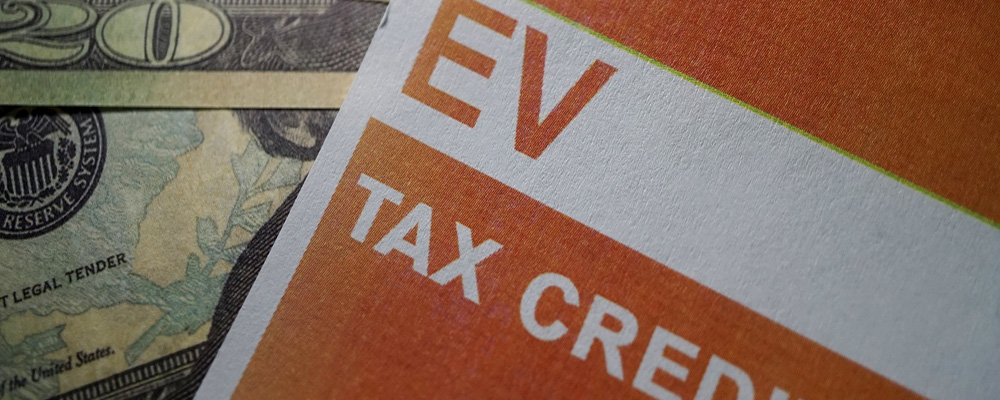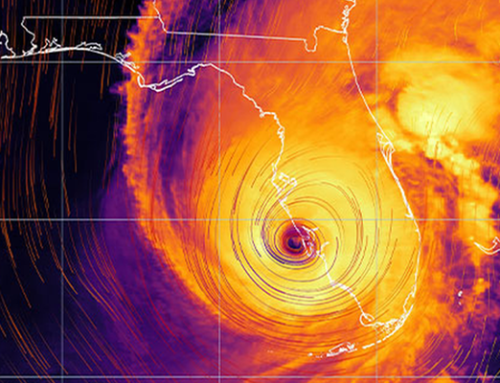Earlier in April, the federal government released an updated list of qualifying electric vehicles (EVs) that are eligible for the expanded clean vehicle tax credit. But while the tax credits are broadened, it may be harder for some taxpayers to actually claim the full amounts. Rules for final assembly and battery components took effect after April 18, 2023, and some EV models that once qualified for at least a partial credit are no longer on the list at all.
New Tax Credit Guidance
The Clean Vehicle Credit, as it’s now known, bases eligibility on where the EV components are assembled and critical materials are sourced rather than how many units the manufacturer produces. While these changes are phased in, taxpayers still must meet income requirements to qualify for the full amount – assuming their vehicle is on the approved list to begin with.
Income limits for the Clean Vehicle Credit are:
$300,000: Married Filing Jointly
$225,000: Heads of Household
$150,000: All Other Filers
The income limits are assessed on either the year the taxpayer acquires the EV or the year before, whichever is less. The Clean Vehicle Credit is nonrefundable, but taxpayers may choose to transfer it to the auto dealer instead.
The credit amount varies depending on when the EV is placed in service, either between January 1 and April 18, 2023 or after April 18. Both have a maximum allowable $7,500 credit, but the path to get there is different. This previous PBMares article explains more. EVs purchased before 2023 may be eligible for a similar tax credit also worth up to $7,500.
Twenty-two manufacturers are currently approved to offer eligible EVs, but not all have listed vehicles yet. For an EV to be approved, its manufacturer suggested retail price, or MSRP, must be less than $55,000 (or $80,000 for SUVs, vans, and trucks).
There is also a tax credit for certain used EVs that is worth up to 30 percent of the sale price up to a maximum of $4,000. Taxpayers’ income limits for used EV tax credits are half of the amounts for the new clean vehicle credit.
Claiming the Tax Credit after April 18, 2023
As mentioned above, new requirements in place after April 18, 2023 affect how much a taxpayer is eligible to claim for the Clean Vehicle Credit. Even if a taxpayer bought an EV before April 18, placing it in service after this date means that the vehicle must meet critical mineral and battery component requirements.
In 2023, at least 50 percent of the battery components must be sourced or assembled in North America. That amount increases each year until 2029, when 100 percent of the battery must meet the requirement.
EVs can qualify for part of the credit – $3,750 – on either the battery sourcing rule or the final assembly rule, or they may not qualify at all yet.
The more stringent battery sourcing rule is the main reason why only ten vehicles (as of this writing) currently qualify for the credit.
U.S.-based vehicle manufacturers, like Ford, GM, and Tesla, all have vehicles that qualify for the full credit. This is a current list of eligible vehicles as of April 30, 2023:
- Cadillac Lyriq
- Chevy Bolt, Bolt EUV, and Silverado EV
- Chrysler Pacifica PHEV
- Ford F-150 Lightning
- Lincoln Aviator Grand Touring plug-in hybrid
- Tesla Model 3 (Performance) and Model Y (AWD, Long Range AWD and Performance)
- Volkswagen ID.4 (Standard, S, Pro, Pro S, Pro S Plus, as well as AWD Pro, AWD Pro S and AWD Pro S Plus)
Other EVs from Chevy, like the Blazer and Equinox EV, will be eligible for the full credit soon. A small handful of additional vehicles qualify for a partial credit.
EV models from Audi, BMW, Genesis, Nissan, and Volvo all have vehicles that will no longer meet the requirements for any tax credit.
The approved EV list will continue to be updated as manufacturers submit information on their qualified vehicles.
Looking Ahead
In 2024, taxpayers can choose to take the credit at the point of sale rather than waiting to file their taxes. All other credit rules would remain in effect. As the requirements for domestic assembly and components continue to tighten, the list of eligible vehicles is expected to stay relatively small. Taxpayers are encouraged to search for their specific vehicles before determining the level of tax benefit. They will also need to determine if their income levels fall within the maximum thresholds to be eligible to receive the credit.
For assistance navigating this and other tax credits, contact your PBMares tax advisor or reach out to author Charles Dean Smith, Jr, Partner on the PBMares Tax Team.





